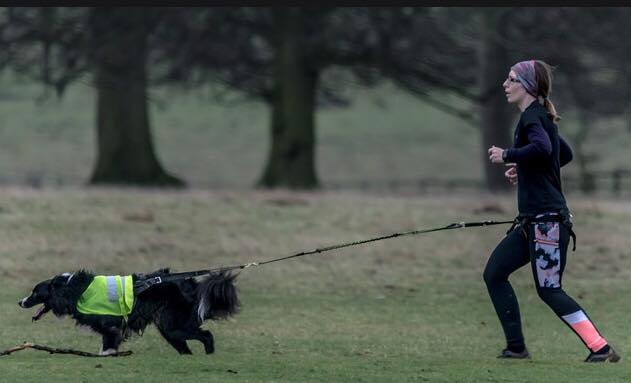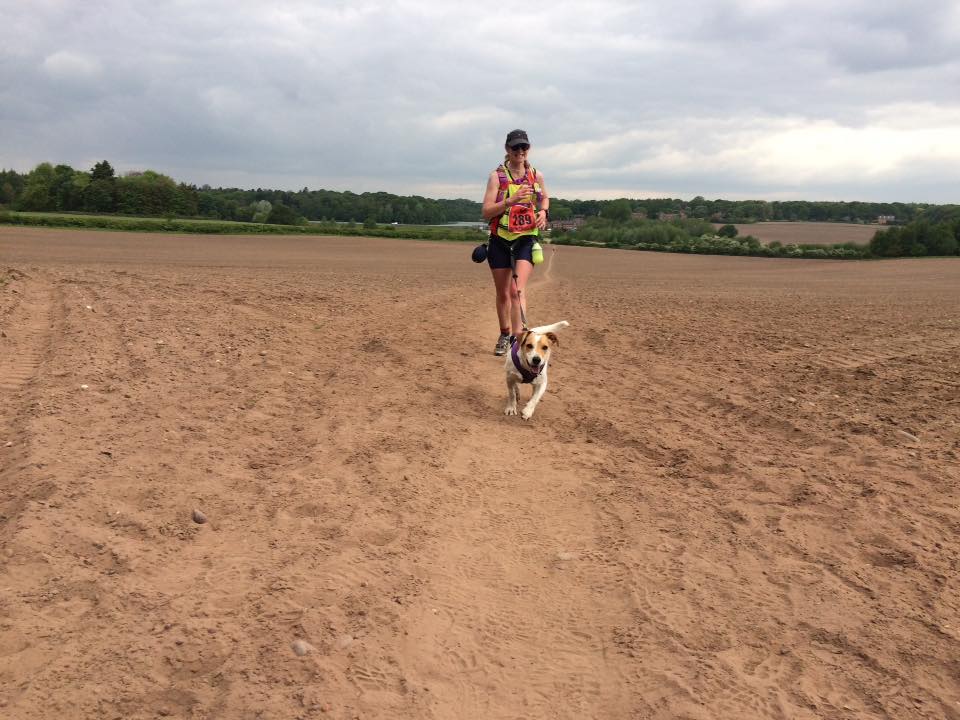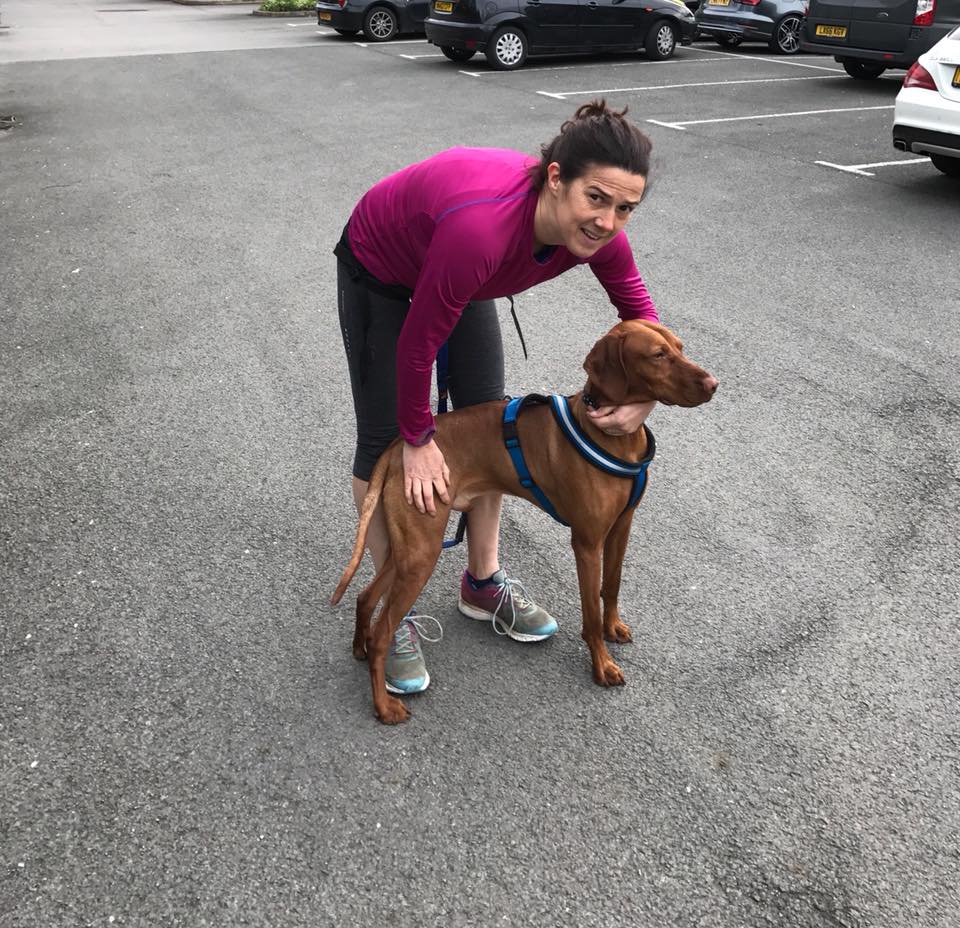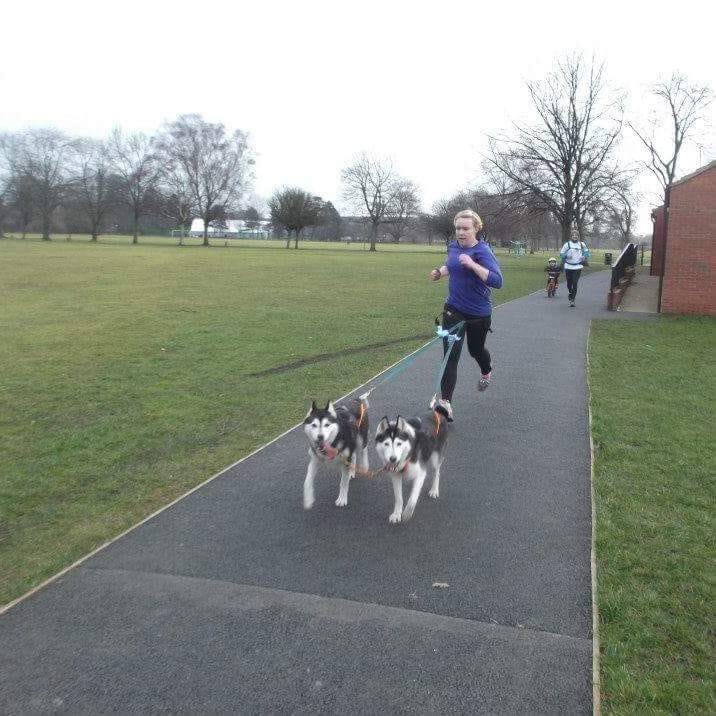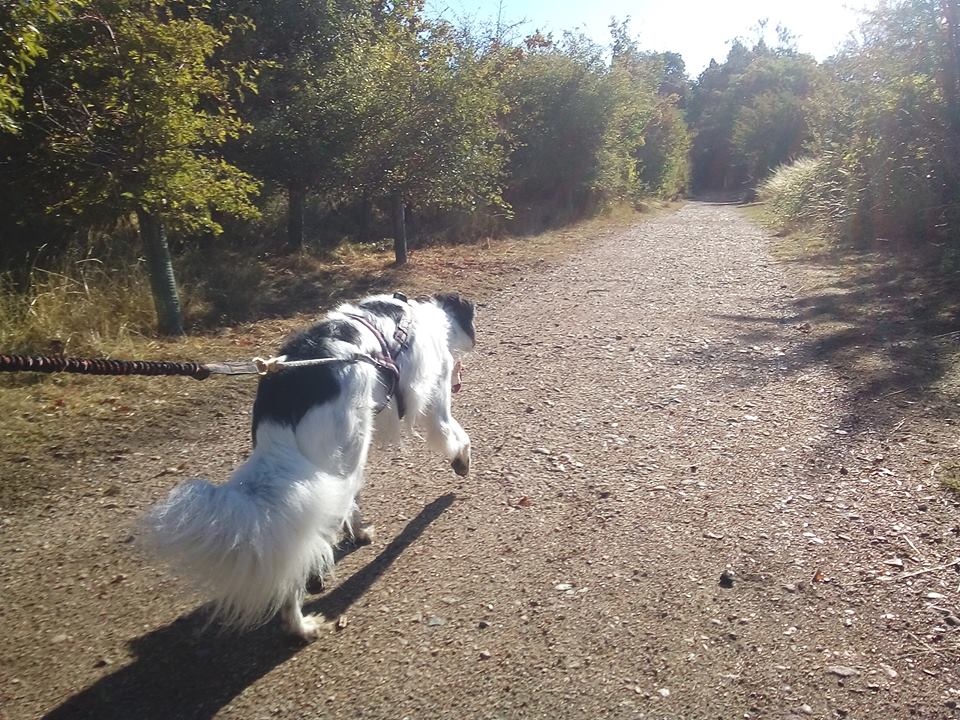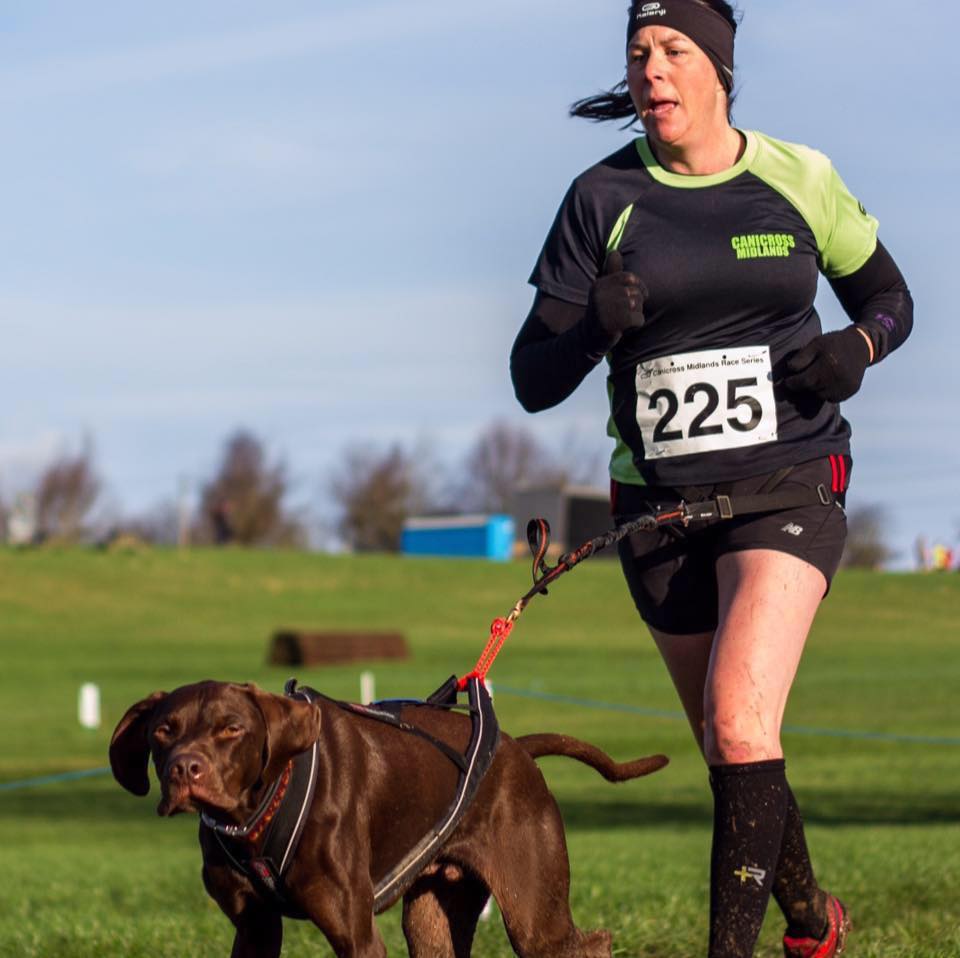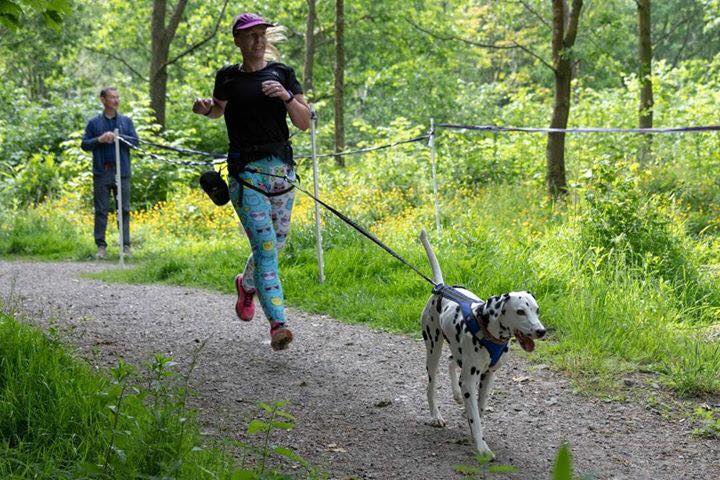Combining training with walkies can be a ‘paw-some’ time saver, letting you both expend some energy in a fun way. But it can also ‘lead’ to challenges.
Here are my Virtual Runner top tips for running with dogs safely, so that your canine companion remains your best friend:
Know your breed – Some dogs are built for strenuous exercise, others for shorter bursts of speed. Some dogs are much better suited to running, but it’s not just bigger dogs that are best – it’s the relative length of their legs to their body that dictates whether a breed is well-suited to running. For example, you should avoid taking breeds like pugs and bulldogs running, as their short legs and breathing difficulties will make a long run difficult.
Fido’s age and general health also matters. Young and old dogs should not run for long spells, for example. Seek advice from your vet to determine what kind of workout, and when, suits your four-legged fitness partner.
Don’t run before they can walk-ies – Once you’ve discovered what type of running activity best suits your dog, don’t assume they’re all set for a dog jog. They may have an extra pair of legs, but pooches also need to build up their endurance, just like humans.
It’s advised that you wait until your dog’s at least a year old, as by then the skeleton will be fully developed. So avoid running with a puppy for long distances, no matter how adorable they are!
My general advice is to take things easy at first, and steadily increase the workload (just as a human would). Again, your vet can guide you on your dog’s fitness levels.
Teach your pooch to be run ready – Better-behaved dogs make less challenging run partners. It can be challenging enough just walking a dog sometimes, so if they misbehave during walkies, they’re probably not ready to dog jog.
Gradually increasing the running distance is recommended not just from a fitness point of view, but also to introduce your dog to the idea of running with you.
Whilst running, it’s essential that your dog remains calm and isn’t tempted by all the stimuli seen out on a run. Training them to leave tempting items and stop when required, for example when crossing the road, is paramount.
Dog jog don’ts – Never start running without warming up with your dog – start with a bit of walking or a slow jog. Avoid running with your dog after they’ve eaten a large meal.
Keep an eye on the temperature. You’ll probably want to avoid running too far in hot weather. Pay attention to their behaviour – if they start panting heavily or slowing down, then stop and take a break.
Be alert – The safest place to dog jog, and the kindest on their paws, is in a local park or dirt trail, but this won’t always be possible. If you’re exercising in a built-up area, especially near roads, you’ll need to adopt another animal’s traits – and watch them like a hawk. There are countless obstacles awaiting both of you – humans, other canines and animals, prams, vehicles, bikes etc. Ditch the headphones and focus – for both your sakes.
Thirsty work – Regular rest/water breaks are recommended, but a few refreshing slurps, rather than huge gulps, is the way to go. You also need to keep a close eye on signs of distress. Is your dog short of breath or suffered an injury? Stop, investigate and abort if necessary. Giving your dog the once over for injuries, particularly their paws, is a must after each workout.
Paws For Thought
When running with your dog, consider that the softer the ground, the better it’ll be for their paws. Be mindful that pavements get awfully hot during summer, so ideally run on soft surfaces like grass – or if you fancy a challenge – sand!
Leading the way – A four-six foot lead should help keep your pooch by your side – the ideal position for a dog jog. If you start running with your dog frequently or for longer distances, you may want to invest in a chest harness for them, which can help prevent chafing.
Don’t use a retractable lead – although these are fine in big open spaces, you need to keep close control whilst running.
If you prefer running with your hands free, you can get a hands free running belt to attach the lead to.
Patience will pay off – Once you’ve ticked all the above boxes, you’ll be thankful to have a new training partner, and you’re sure to benefit from a dog’s boundless enthusiasm to help keep you motivated! Running with your dog is a great way to help keep you both fit and healthy. Happy dog, happy owner!
Head on over to our blog for more handy running guides!
Photos provided by some of our fab Virtual Runner community
